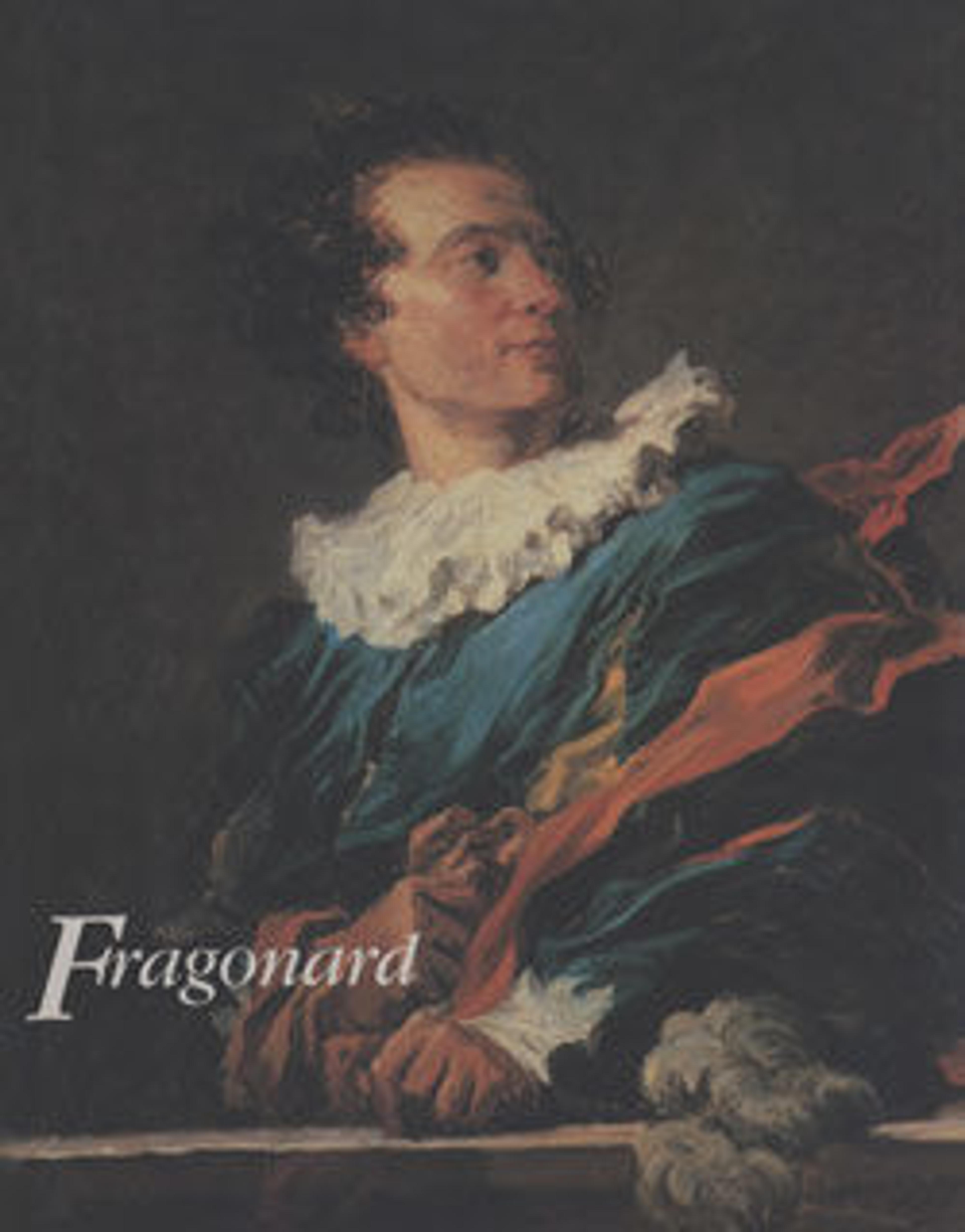
Jean-Honoré Fragonard can be considered a true symbol of eighteenth-century France, reflecting its essence far more accurately than did Watteau, David, Chardin, or Boucher, according to Pierre Rosenberg, chief curator at the Louvre and the author of this important catalogue. Fragonard is also perhaps the least understood of the painters of his time, partly because his life is so inadequately documented and because he was such a complex artist, whose work is full of contradictions. Best known for his delightful, erotic boudoir scenes and his charming paintings of cupids and children, Fragonard was officially recognized by the French Academy as a history painter, but he also created a number of important religious works. A student of Chardin, Boucher, and Carle Vanloo, Fragonard directly inherited the traditions of eighteenth-century French painting, yet he himself left behind no artistic heirs; in fact, even during his lifetime, his work was considered old-fashioned and somewhat passé. Nevertheless, his technical genius as a painter of light and as a colorist—most obvious in his unique landscapes—has led a number of modern critics to describe him not only as the father of Impressionism, but also as the first action painter: the unwitting progenitor of modern art.
M. Rosenberg has compiled a vast amount of documentary material in order to establish a new chronology for Fragonard's life and work, thus enabling subsequent scholars to examine the artist's immensely prolific oeuvre in the context of the time in which he flourished. About one thousand comparative illustrations of related works by Fragonard and by his contemporaries support the author's discussion of more than 300 paintings, drawings, and prints by the artist, many of them newly attributed and dated. In presenting this impressive result of his intensive research, Pierre Rosenberg has provided the basis for all future study of this artist and his time.
Met Art in Publication
Citation
———. 1988. Fragonard: Galeries Nationales Du Grand Palais, Paris, September 24, 1987-January 4, 1988, the Metropolitan Museum of Art, New York , February, 2-May 8, 1988. New York: Metropolitan museum of art.